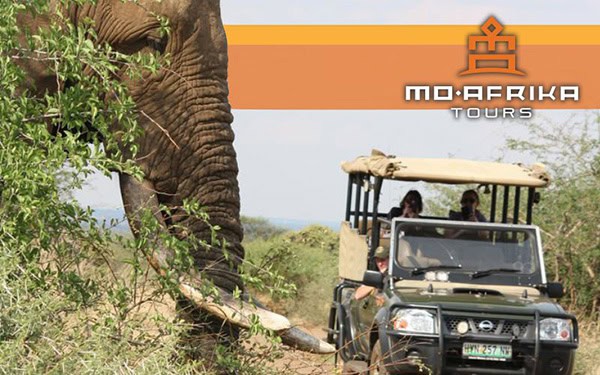Nestled in the northeast of South Africa, Kruger National Park is a vast expanse of untamed wilderness that offers some of the most magical wildlife experiences on the planet.
A safari here is not just a journey through scenic landscapes but a chance to witness nature at its most raw and magnificent. Kruger National Park safaris are where wildlife encounters truly come to life, with a diversity of species and ecosystems that immerse visitors in the rhythm of the African bush.
One of the main draws of Kruger National Park safaris is the opportunity to see the Big Five – lions, leopards, elephants, rhinos, and buffalos – in their natural habitat. These iconic animals, once considered the most dangerous to hunt, now captivate safari-goers as they roam freely across the vast savannahs, woodlands, and riverine landscapes of the park.
Seeing a lion pride lazing under the shade of an acacia tree or spotting a leopard stealthily moving through the underbrush is an awe-inspiring moment that stays with visitors long after they leave.
Kruger’s diverse terrain ensures that each safari drive is a new adventure, with different environments offering their own unique wildlife sightings. Whether it’s elephants playing at a waterhole or a lone buffalo wandering through the bush, the thrill of encountering these majestic animals in such a large and natural setting is an unforgettable experience.
While the Big Five might dominate the headlines, Kruger National Park is home to an astonishing array of wildlife that goes far beyond the famous five.
The park’s impressive biodiversity includes over 500 species of birds, making it a paradise for birdwatchers. From the strikingly colourful lilac-breasted roller to the regal African fish eagle, Kruger offers some of the best birdwatching opportunities in Africa.
Alongside its avian residents, the park is also home to numerous other mammals, such as zebras, giraffes, hippos, and cheetahs, as well as smaller creatures like honey badgers and mongoose.
A key feature of Kruger safaris is the chance to see animals that might not get the same attention as the Big Five but are no less fascinating. The African wild dog, one of the continent’s most endangered carnivores, can sometimes be spotted in packs, a rare and exciting sight.
From dense forests to open grasslands and meandering rivers, each biome within Kruger creates a distinct environment for different species. This diversity of habitats means that every game drive holds the promise of encountering something new, whether it’s a herd of antelope darting across the plains or a crocodile basking on a riverbank.
Kruger National Park safaris don’t stop when the sun goes down. In fact, the experience often intensifies with the start of a night drive. As the temperature cools and the daylight fades, many animals that hide during the heat of the day come to life. With the help of a powerful spotlight, experienced guides take visitors on a nocturnal journey through the bush, seeking out the park’s nocturnal creatures.
Kruger National Park is not just a sanctuary for wildlife; it also has deep cultural and historical significance. The area has been inhabited by humans for thousands of years, and evidence of this can be found in the ancient rock art and archaeological sites scattered throughout the park. Visitors on Kruger National Park safaris can explore these historical landmarks, learning about the indigenous peoples who once lived off the land and their connection to the natural world.
As one of the world’s greatest wildlife destinations, Kruger continues to capture the hearts of safari enthusiasts from around the globe, offering a safari experience that is as wild as it is unforgettable.















